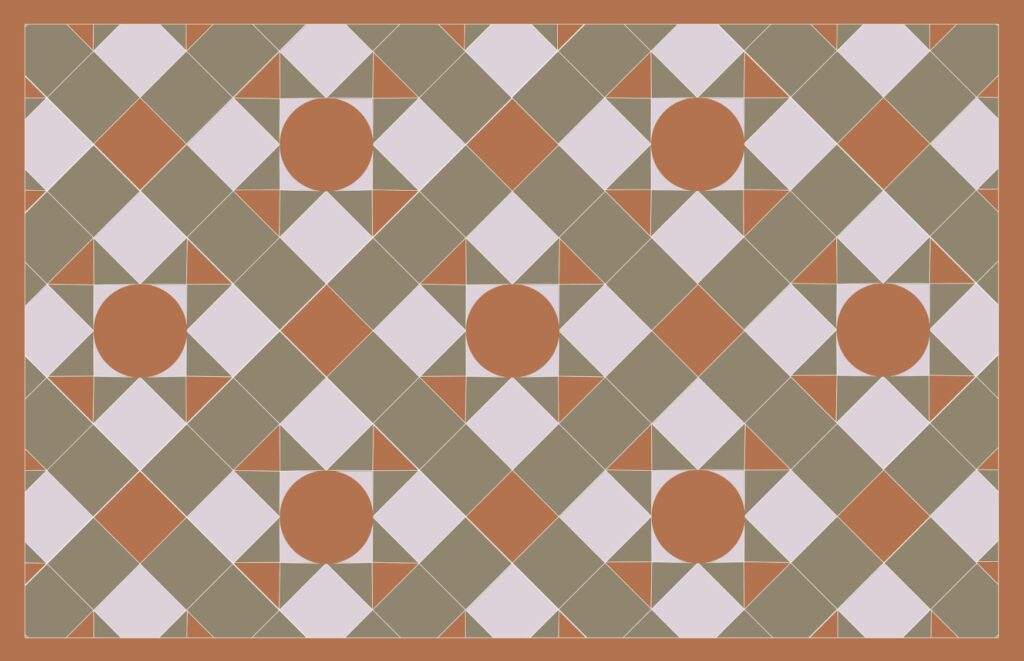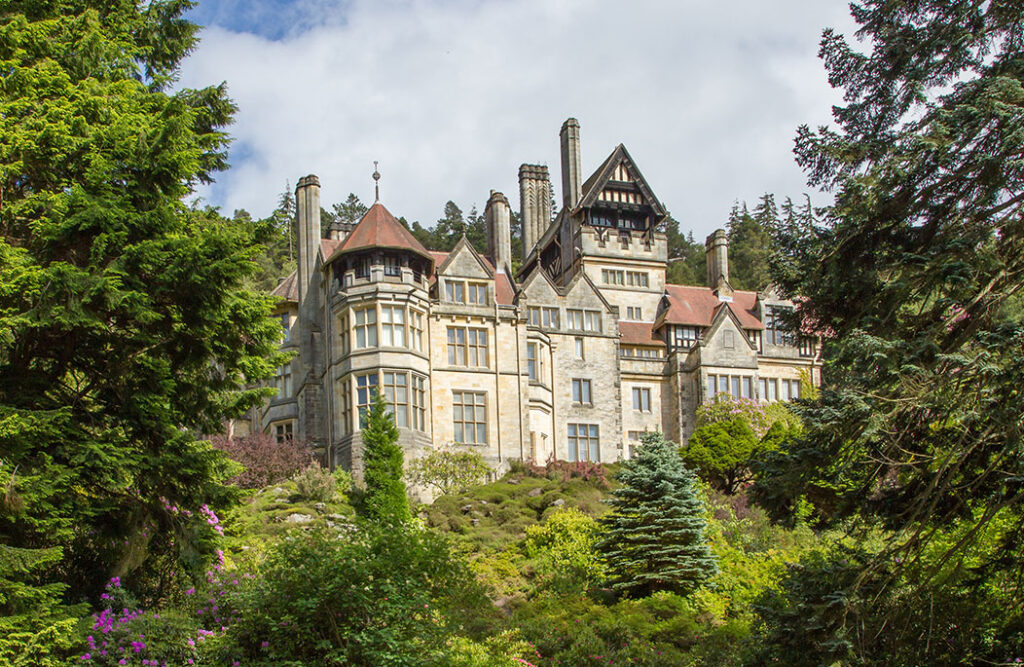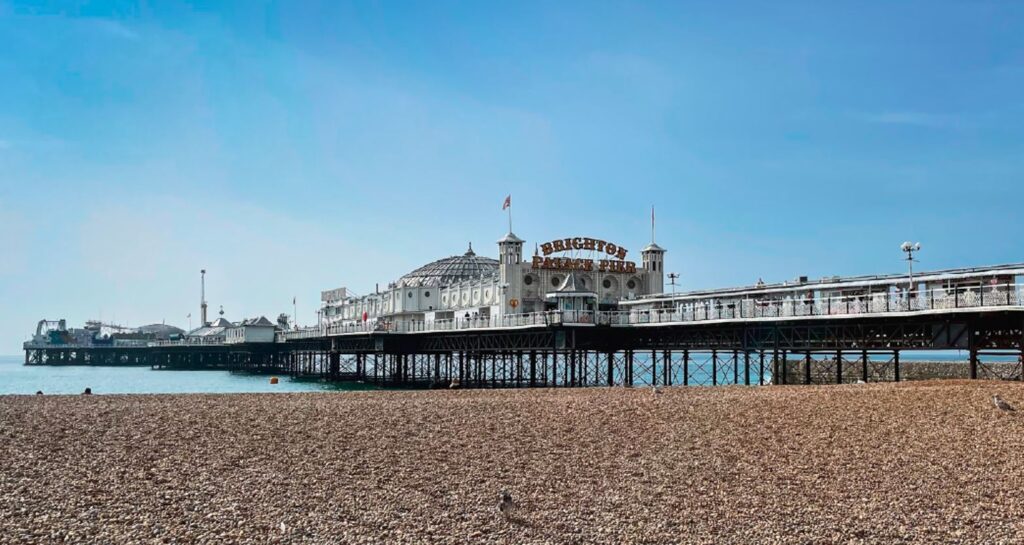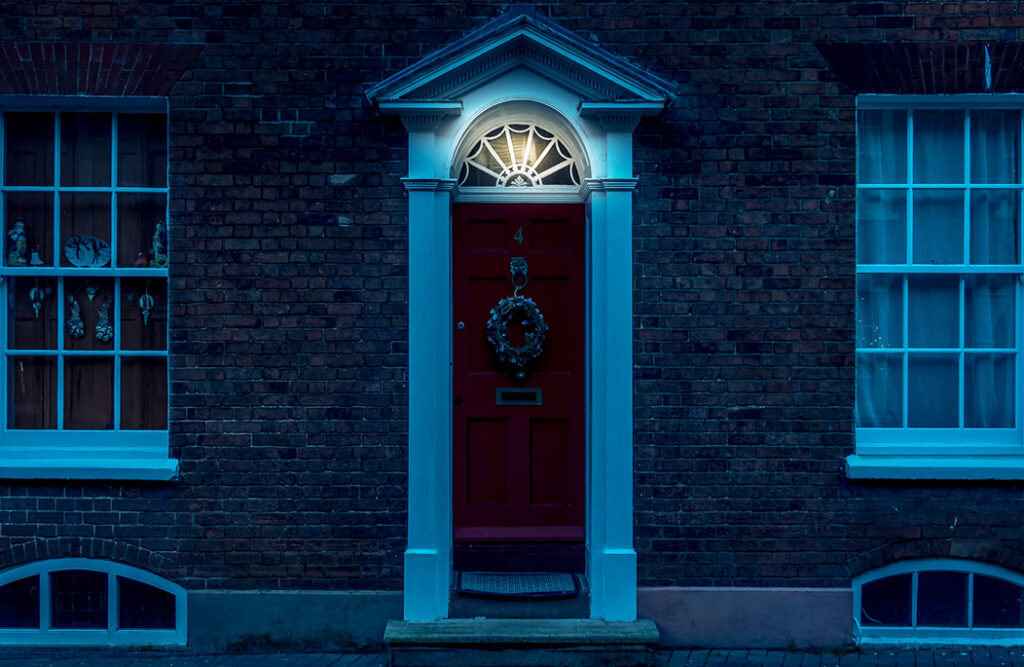The Victorian era was an age of discovery, development, innovation and invention. This blog explores 10 inventions that transformed domestic life during the Victorian era. Surprisingly, all of these inventions are as useful today as they were back then.
1. The telephone (1876)
The word “telephone” was first coined in 1844. The telephone was a strange machine that put actual spoken words into telegraph messages.
It wasn’t until 1876 that the first successful transmission of clear voice via a telephone was achieved by the Scottish inventor living in America, Alexander Graham Bell.
The famous first words spoken over the phone were: “Mr Watson, come here, I want to see you.”
Bell could never have imagined all those years ago that his telephone, invented to enhance our lives, would go on to control them in almost every conceivable way.
download the full victorian homes ebook
Download Victorian Homes, a free ebook created by Adrian Flux insurance services. It is full of Victorian house facts, tips on how to create a Victorian style house — even if you live in a new-build home — and advice on where to source original Victorian and reproduction fixtures, fittings, furniture, accessories and art.
2. The light bulb (1870s)
In 1802, the English chemist Humphrey Davy, already famed for the miners’ Davy lamp, experimented with electric current flowing through a wire. The wire first went hot and then it glowed with light. He and others tried to develop this, but it wasn’t until the 1870s that American inventor Thomas Edison created an incandescent light bulb and a method for safely harnessing and distributing electricity.
Light bulbs changed the design of buildings, the length of the working day, and the possibilities for transport and for business.
Most people’s first sight of an electric light would have been in public places, perhaps at a railway station, in the 1890s. It would be well into the 20th century before electric light bulbs replaced candles, oil lamps or gas mantles in their homes.
3. The flushing toilet (1845)
Victorian water closets (which used a water-filled cistern above a toilet to flush out the waste) were rare but they were known of and used in London as far back as 1775. Sewage continued to flood into the streets and seep into drinking water. Cholera outbreaks were frequent and claimed many lives.
Sewers were designed to take this waste away and in 1851 George Jennings designed a flushing toilet to flush waste into sewers. His flushing toilet was shown at the Great Exhibition in London.
They were unpopular until Thomas Crapper improved the method of flushing. Crapper designed and patented many toilet inventions, and although he didn’t design the modern toilet, he was the first to display his efforts in a showroom.
Read our blog if you want to find out more about the appropriately named Crapper and seven other innovators, inventors and designers of the Victorian era.
4. The computer (1833-1871)
Charles Babbage, a mathematician, philosopher, inventor and mechanical engineer, originated the concept of a digital programmable computer during 40 years of experimentation, trial and error from 1833.
He is considered the “father of the computer” and is credited with inventing the first mechanical computer, the Difference Engine, that eventually led to more complex electronic designs. Despite these advances, the essential ideas of modern computers are to be found in Babbage’s works.
He could never have imagined that his intrigue and invention would have had such a profound impact on the world. How many homes and businesses function today without a computer?
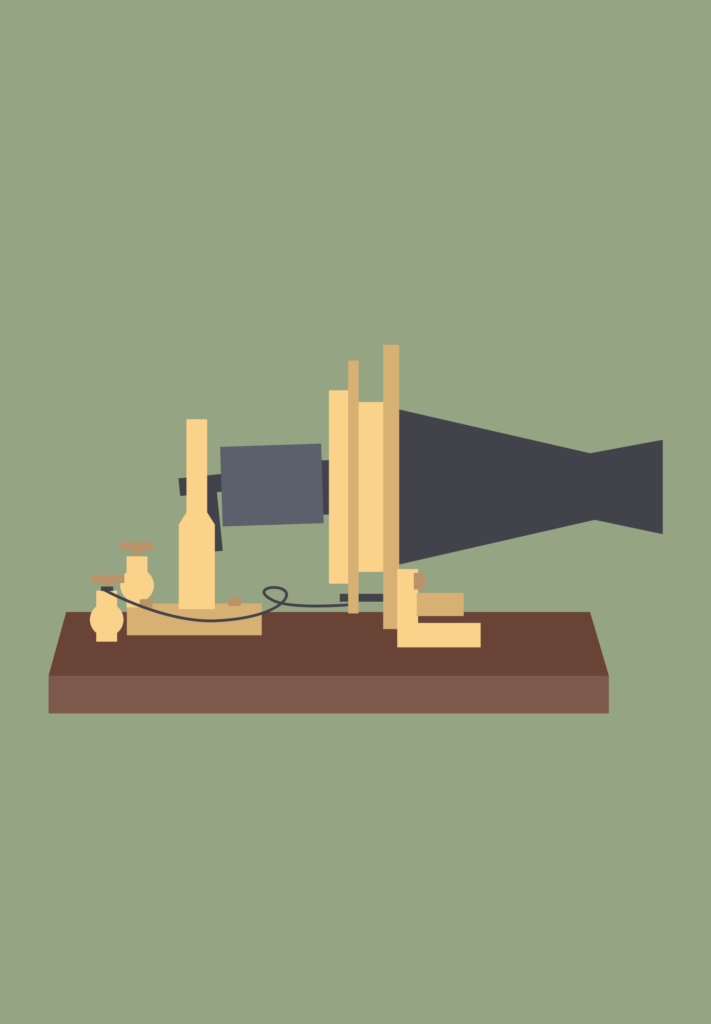
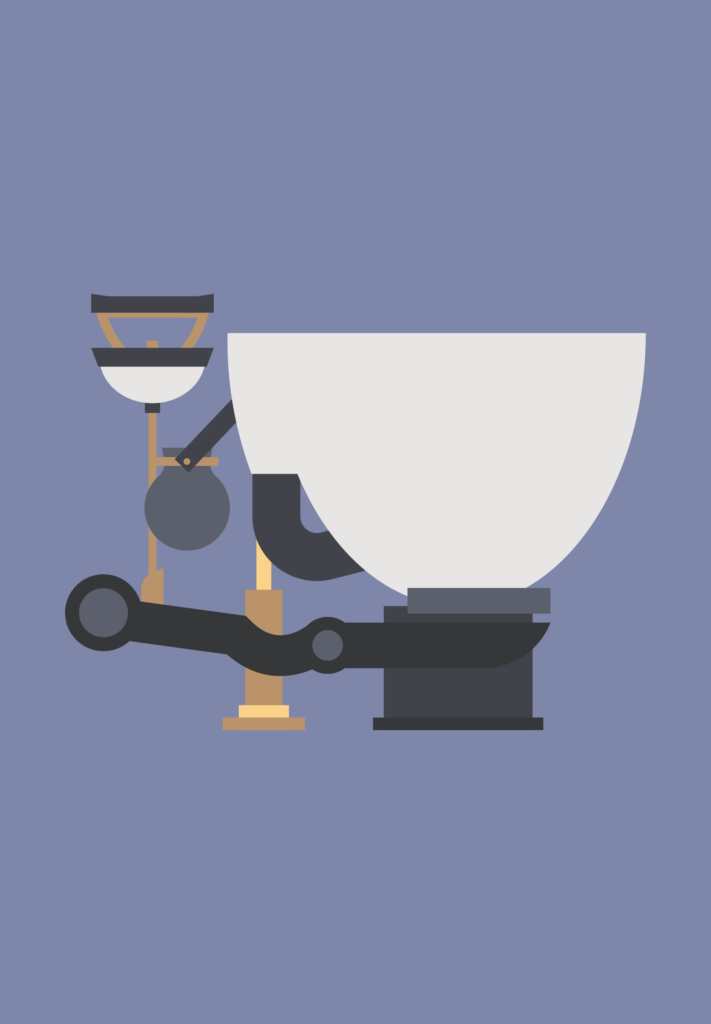
5. The gramophone (1887)
Thomas Edison created the phonograph, a device for recording sound and playing it back in 1877. This recorded sound onto a cylinder, which could then be played back – with rather poor sound quality – only once.
A decade later Emile Berliner patented a new sound recorder, one that was much more successful, called the gramophone. This new device recorded sound into a flat glass record, etching grooves into it as it recorded. An arm with a needle could then run across the grooves and transmit sound vibrations to a speaker. The record player was born.
There followed the vinyl, 45rpm singles, the LP, the cassette, the 8-track, the CD, the mini disc, and digital streaming, before – 130 years later – music aficionados are turning back to vinyl.
6. The lawnmower (1830)
The lawnmower was invented by Edwin Beard Budding, an engineer from Stroud in Gloucestershire in 1830.
Budding had the idea after visiting a cloth mill and seeing a machine which used a bladed cutting cylinder mounted on a bench to trim the irregular nap from the surface of woollen cloth and give a smooth finish.
Budding’s mower was designed primarily to cut the lawns at sports grounds and extensive gardens as a better alternative to the scythe. It was granted a British patent on 31st August 1830.
Budding’s invention inspired the Victorians to make more of their outdoor spaces, especially their lawns, no matter how large or small. Read our blog to find out more about Victorian garden design.
7. The electric kettle (1891)
The first kettle to use electricity to heat water came from the Carpenter Electric Company in Chicago in 1891. It wasn’t perfect; the water took more than 10 minutes to boil because the heating element was in a separate compartment rather than in the water, as is the case in modern kettles.
In the 1920s, the Swan Company solved the problem by sealing the element in a metallic cylinder and placing it in the water. Heating occurred much faster and, before long, other manufacturers started using a similar design. The kettles were usually made from metal, except during World War II, when shortages necessitated a switch to ceramics.

8. The vacuum cleaner (1901)
In 1860, a manual vacuum cleaner called a “carpet sweeper” was invented by Daniel Hess in the US. It gathered dust with a rotating brush and had bellows for generating suction.
Another early model (1869) was the “Whirlwind” which worked with a belt-driven fan cranked by hand that made it awkward to operate.
The end of the 19th century, people saw the introduction of powered cleaners, although early types used some variation of blowing air to clean instead of suction.
In 1901, powered vacuum cleaners using suction were invented independently by British engineer Hubert Cecil Booth and American inventor David T. Kenney. Booth is also said to have first coined the word “vacuum cleaner”.
9. The sewing machine (1845)
Britain’s first hand-operated mechanical sewing machine was built by William Morris in 1845. Sewing had previously been a time-intensive task so once they became available they were very popular, both in the home and for use in factories. Even Queen Victoria’s eldest daughter had one.
The most successful hand-operated sewing machine was made and sold by Isaac Merrit Singer. His practical and efficient device, made by mass-production methods, also pioneered a hire-purchase system to buy machines on credit in easy payable instalments.
By 1860, Singer was the greatest manufacturer of sewing machines in the world. He opened a factory in Glasgow in 1867, and in 1889 he experimented with newly available electricity to invent the electric-powered sewing machine.
Read our blog to find out how hydro-electric power helped create the National Trust’s invention-filled Cragside house in Northumberland, the jewel in the Victorian crown.
10. The camera (1838)
The very first photograph was taken by Nicéphore Niépce on a camera he made himself in 1816. The result was far from perfect, but it was a photographic image. Niépce continued to experiment with photography until his death in 1833 when his partner, Louis Daguerre, continued his work.
Eventually, Daguerre created the first practical photographic process and camera called a daguerreotype in 1838, which was first shown to the public in 1839.
This early camera was later replaced by new models as the technology progressed and cameras became more popular. Today, just about everyone has a camera, be it a standalone device made specifically for that purpose or one incorporated in our phone, which takes us back to where we started in this article.
Modern insurance for your Victorian home
Adrian Flux provides specialist home insurance with some great deals for those who live in Victorian and period homes. Unlike other companies, we look for reasons to reduce the cost of your policy, rather than reasons to increase it.
Our home insurance customers saved an average of 31% in 2021 when taking out a policy with us. See how much you could save by giving us a call on 0800 369 8590.

